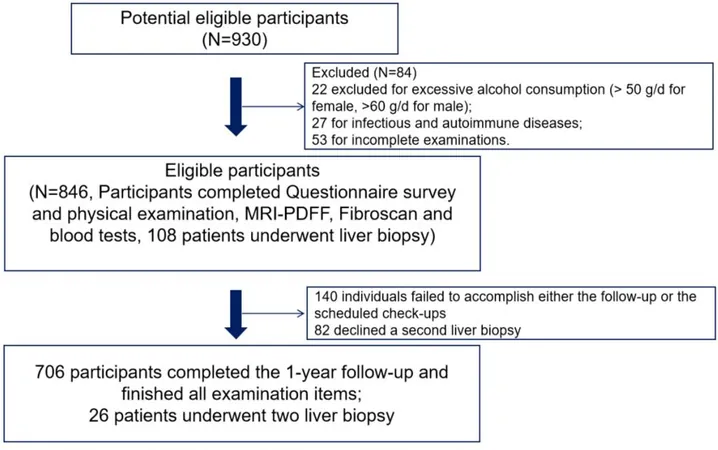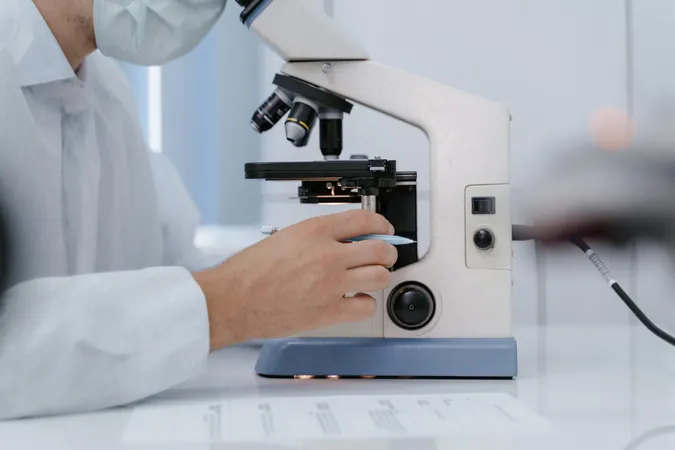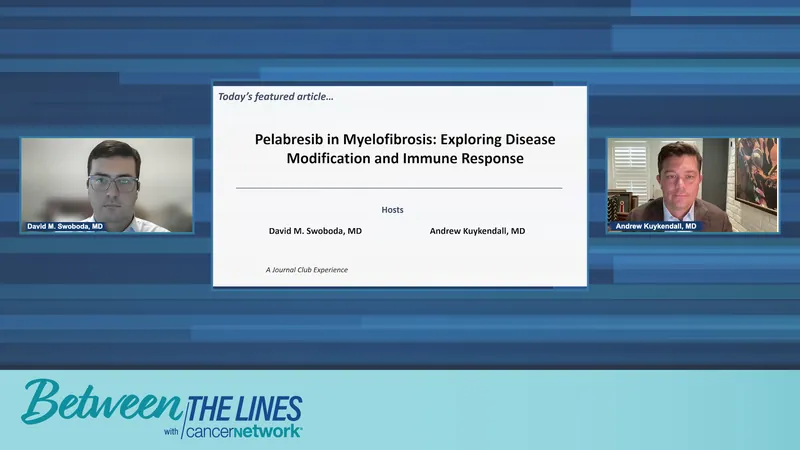
Breakthrough Study Reveals 8 Non-Invasive Models for Predicting MASLD and Its Progression – What You Need to Know!
2024-10-14
Author: Li
A Revolutionary Approach to Detecting MASLD
In a groundbreaking study conducted at the First Hospital of Jilin University, researchers have thoroughly evaluated the effectiveness of eight non-invasive clinical models for predicting Metabolic-Associated Steatotic Liver Disease (MASLD) and its progression over a year. Unlike conventional approaches that often rely on invasive procedures, this prospective study shines a light on simple, accessible methods.
A Year-Long Journey into Liver Health
The study initiated in January 2020 aimed to understand MASLD's natural evolution over a one-year period. Participants, aged 18 to 75, received lifestyle education and were monitored during follow-up visits. Members who met specific criteria were included—such as a history of fatty liver verified through various imaging studies since the 1990s. Notably, pharmacological treatments for comorbidities were allowed, but interventions specifically targeting MASLD were omitted, emphasizing the study's intention to focus on lifestyle changes.
With recruitment set to continue until June 2024, a total of 846 individuals participated, where 706 completed follow-up visits, while one hundred eight of them underwent liver biopsies. Demographic data showcased a diverse participant pool, although exclusions applied to individuals with certain liver-related conditions or excessive alcohol use.
High-Tech Monitoring
Participants utilized advanced diagnostic techniques such as MRI-PDFF (Magnetic Resonance Imaging Proton Density Fat Fraction) and FibroScan assessments to determine liver fat content and stiffness, respectively. This technology allowed researchers to categorize participants based on the degree of steatosis, resulting in findings that could redefine how fatty liver diseases are diagnosed.
The Results Are In: Predictive Accuracy
The performance of the eight non-invasive predictive models was compared, with statistical methods revealing significant correlations between model scores and the severity of MASLD. The models assessed included FAST, HSI, FLI, KNAFLD, BAAT, LAP, Liver Fat Score, and Liver Fat Equation. Among these, KNAFLD stood out with an impressive Area Under the Curve (AUC) of 0.84 for predicting MASLD, proving its exceptional accuracy as a diagnostic tool.
Why This Matters: Understanding Prognosis and Treatment
The study underscored the critical relationship between model score changes and liver health outcomes over a year. Participants who exhibited score improvements were associated with better liver fat reduction and metabolic markers, confirming the models' efficacy in predicting disease progression or improvement. The findings promote a proactive approach to managing liver health through lifestyle modifications, emphasizing the importance of addressing MASLD before it advances into more severe liver diseases.
Key Takeaway: A New Era in Liver Health Management
As researchers validated these models against liver biopsies—considered the gold standard for diagnosis—consistent correlations between model predictions and histopathological changes were observed. This study promises to enhance clinical practices by allowing healthcare providers to make informed decisions regarding the management and treatment of MASLD.
In conclusion, the potential of these non-invasive models offers hope for better monitoring and treatment strategies, encouraging practitioners and patients alike to engage in more informed discussions on liver health. If you're concerned about fatty liver disease, staying aware of these advancements could change your approach to prevention and intervention!


 Brasil (PT)
Brasil (PT)
 Canada (EN)
Canada (EN)
 Chile (ES)
Chile (ES)
 España (ES)
España (ES)
 France (FR)
France (FR)
 Hong Kong (EN)
Hong Kong (EN)
 Italia (IT)
Italia (IT)
 日本 (JA)
日本 (JA)
 Magyarország (HU)
Magyarország (HU)
 Norge (NO)
Norge (NO)
 Polska (PL)
Polska (PL)
 Schweiz (DE)
Schweiz (DE)
 Singapore (EN)
Singapore (EN)
 Sverige (SV)
Sverige (SV)
 Suomi (FI)
Suomi (FI)
 Türkiye (TR)
Türkiye (TR)